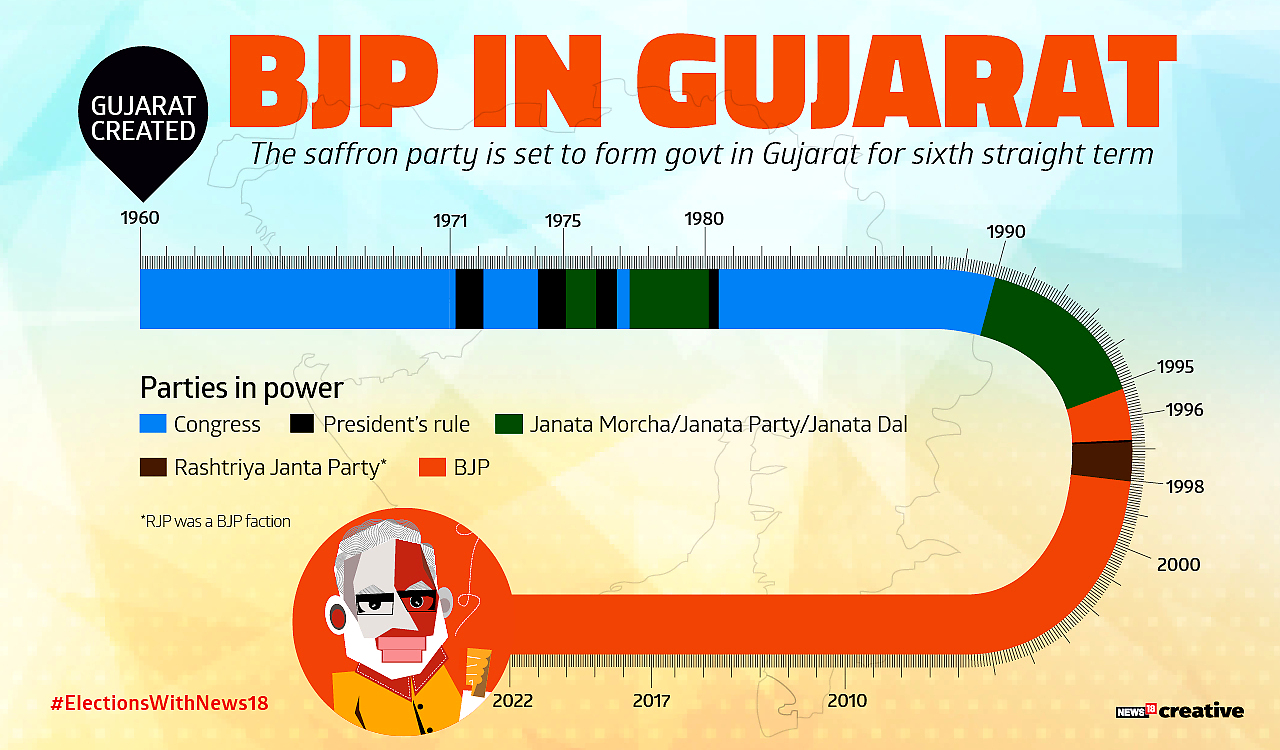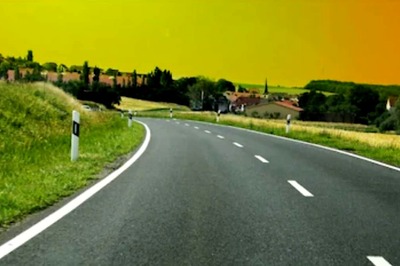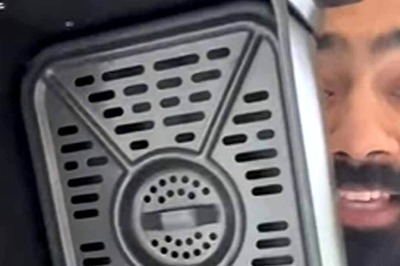
views
New Delhi: Skiers and adventurists, though rarely, are also known to trigger devastating avalanches. Politicians, on the other hand, tread with far more caution. A slight ruffle of a feather can set off a chain of events culminating in unwarranted situations. With age and experience netas mature to acquire a sepia status quoist tint.
Not Amit Shah. And certainly not Prime Minister Narendra Modi. Not that the two leaders are inveterate adventurists, but because that is the only way the duo have conducted their politics, in Gujarat and later in Delhi.
Ninety-nine out of a 100 politicians would not have forced an election to three Rajya Sabha seats in Gujarat. But Amit Shah—as he planned to shift base to Delhi with an Upper House nomination—also threw a challenge to Ahmed Patel, the powerful political secretary of then Congress president Sonia Gandhi, for the third seat.
After a protracted drama stretching over a week, Patel survived by the skin of his teeth. Congress had tasted its first victory in Gujarat after two decades. And the game was on.
So Rahul Gandhi took an early bus out of Ahmedabad this autumn to take a head-start. His target was rural and semi-urban voters. And pockets in urban centers which bore an initial brunt of hasty implementation of goods and services tax (GST). With low profile ‘Jodhpur Jadugar’ Ashok Gehlot by his side, Congress stitched a rainbow caste coalition after almost two decades.
This elections also saw the emergence of next generation of political leadership in the state — Hardik Patel, Jignesh Mevani and Alpesh Thakor. Hardik, in particular, staked claim to the Patidar leadership, an illustrious line which was the bedrock of BJP’s revival from two Lok Sabha seats in 1984 general elections to winning an absolute majority 30 years later in 2014.
In the end newly-crowned Congress President’s assessment in the valedictory press conference was correct. Not many could pick up the point. Rahul took heart in the fact that a united Congress had finally shown the will to unitedly take on the BJP in Gujarat after more than two decades.

In retrospect Rahul Gandhi was spot on. And that shows in the results as well.
For the BJP, finally, as the Congress closed in, it all came down to just one man— Prime Minister Narendra Modi. With more than 30 rallies across the state, Modi could singlehandedly stem the erosion.
To win Gujarat BJP needed to extricate itself off the complex caste net Congress had assiduously built for the elections. BJP worked to subsume those caste fault-lines with a larger, overwhelming narrative. It came just ahead of the polling. Some of it was provided on a platter by Mani Shankar Aiyar. Other issues, Prime Minister raked up during his campaign.
BJP has won this election by a simple majority. That’s more than forty seats less than what Amit Shah would have wanted the party to win. Remember, this is Prime Minster Modi’s and BJP President Amit Shah’s home state.
Next year, the party will face elections in some big states like Karnataka, Madhya Pradesh, Rajasthan and Chattisgarh. Just like Gujarat, Congress is pitted against the BJP in all these provinces.
2018 promises to be an interesting year for politics.
In the end, Congress State President Bharat Bhai Solanki could do only as much. But he was able to ensure that his father Madhav Singh Solanki’s record of winning highest seats ever in Gujarat — 148 in 1985 elections — remains untouched.


















Comments
0 comment